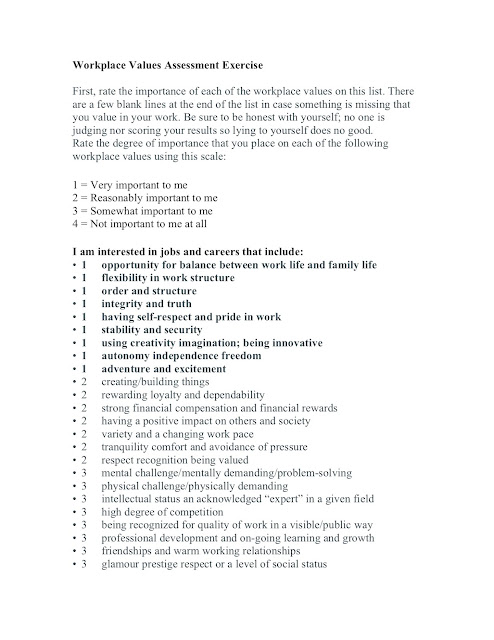An interactive leader 'adds and subtracts elements from the leadership palette' that helps to build on 'personal integrity and authenticity' (Denning, 2011, p. 269). This means that a leader is able to orchestrate a team through certain actions and decisions to achieve an objective or mission. This element of leadership is also based on the values of a leader in being genuine to who they are while inspiring and motivating others to action.
Interactive leadership can be considered transformational because it involves an exceptional form of influence to motivate followers to accomplish the task at hand. The use of interactive leadership can work with the innate qualities of the leader along with the leadership tactics to best reach a goal. By selecting the most effective leadership styles in a scenario can help to enlist followers to follow through up to the point that they will go above and beyond. Northouse (2016, p. 161) considers transformational leadership as one that is visonary concerning emotions, values, ethics, standards, and long-term goals of follower's motives and needs as full human beings. There is a charismatic quality as well in being able to communicate effectively in order to make the vision feasible through the perspective of the follower. For my own approach in developing an interactive and transformational leadership style, the qualities that I tend to lean towards are in terms of conversation, feelings, and beauty.
Leadership that is like Conversation
In my current position as a deputy branch chief, I have learned that the most effective way in relating to my subordinates on a deeper level is by conversing with them just like any other person. For example, on Mondays I usually ask how their weekend was while sharing in return. This brings a bit more intimacy because it breaks down the 'professional' barrier and allows a more interpersonal connection. By getting to know my team by having regular chats about their life and well-being allows me to have insight and a pulse on how they are doing while allowing me the leverage as a leader by being respected and trusted not only as their boss, but as a friend as well. Denning (2011) explains the conversational aspect of leadership as the relationship between storyteller and listener as being symmetrical. This means that the conversation is a two-way street rather than one-sided. This approach gives the ability of the listener to respond and give their own inputs in the conversation.
Leadership that has Feeling
To assert my ability as a leader to inspire, I try to invoke positive and energetic feelings into the work atmosphere in my briefings, discussion, and conversations. Work can be stressful and can be seen as something that people do just for their livelihoods. In my position as a boss, I aim to make the workplace enjoyable by relating our jobs to the greater mission on behalf of my organization. I aim to build camaraderie and morale by showing my passion for the job. By doing so, I am able to incorporate passion into my leadership style. Denning (2011, p. 283) emphasizes that passion in leadership is 'another ingredient that is missing from the traditional mode of management.' The passion that I am able to convey helps to motivate others in seeing the vision of what they are supporting and can end up being contagious in making a pleasant atmosphere.
Leadership that includes Beauty
On a similar vein to the feeling aspect of leadership, I aim to depict a narrative that is beautiful as well. Denning (2011, p. 288) relates this to a narrative that is told that reaches the many levels of the self in an aim to reach the 'deeper coherence of the world.' For me, when I talk to my team or the organization at large, I tend to reach out to the deep and rich historical aspects of my organization. The legacy that our organization stands upon is on the shoulders of giants and this is reflected in our story. Romano (2017) notes that our location in Cheyenne Mountain, Colorado is named after an influential researcher in the field of nuclear forensics, Mr. Michael Harkins. He was able to develop innovative techniques in gas analysis that helped to increase our analytical capabilities. I use stories such as these to show my employees the beautiful fabric of our organization's history and that they are part of it as well.
These three focal points that I convey in my leadership in terms of conversation, feeling, and beauty are what I use to communicate. This way of being interactive has helped me to build a stronger relationship with my co-workers and has been beneficial by allowing me to develop the rapport necessary to become an effective leader. From what I learned, professional communication skills takes time and practice to develop as with anything else. To further develop my leadership potential, Northouse (2016) discusses five fundamental practices that enable leaders to get extraordinary things accomplished:
- Model the way by being the example
- Inspire a shared vision through guiding people
- Challenge the process by step into the unknown
- Enable others to act through building trust and collaboration
- Encourage the heart by being attentive to the needs of recognition
From these practices and what I know about leadership communication, I will continue on my career path with these in mind in order to hone my leadership skills. Learning about all of these leadership concepts are wonderful in theory, but the true power of it is being able to apply it in the world. Let's see what change I can bring about.
References
Denning, S. (2011). The leader’s guide to storytelling: Mastering the art and discipline of business narrative (Revised and updated edition). San Francisco, CA: John Wiley & Sons, Inc.
Northouse, P.G. (2016). Leadership: Theory and practice (7th ed.). Los Angeles, CA: Sage Publishing.
Romano, S.A. (2017, November 17). AFTAC names lab after 'giant' of nuclear forensics. United States Air Force. Retrieved from http://www.25af.af.mil/News/Article-Display/Article/1375243/aftac-names-lab-after-giant-of-nuclear-forensics/

